Camponotus misturus
339,90 zł – 449,90 zł
Camponotus misturus is a monogynous ant species with fast development speed and a colony size of up to 2,000 workers. The queen measures 14-16mm in size, while workers range from 4-8mm and majors are 9-12mm. They have a black head and body with a slightly red abdomen. Their nutrition includes food insects, syrup, fruit, vegetables, and jelly.
| Behavior | |
|---|---|
| Difficulty in breeding | |
| Origin | |
| The size of ants | |
| Wintering |
Camponotus misturus – The Fascinating Ant Colony
Welcome to our world of Camponotus misturus, a remarkable ant species that will captivate you with its unique characteristics and impressive colony size. In this comprehensive description, we will explore the various aspects of Camponotus misturus, from its size and color to its nutritional needs and preferred nest types for breeding.
Colony Type and Size
Colony Type: Monogyny
Colony Size: Up to 2 000 workers
Development Speed: medium
Size and Color
- Queen: 14-16 mm
- Workers: 4-8 mm
- Majors: 9-12 mm
Camponotus misturus is recognizable by its black head and body, with a slightly red abdomen, creating a striking contrast that sets it apart from other ant species.
Nutritional Needs
- Food insects (such as cockroaches and crickets) dead, or live if colony is big
- Syrup (a mixture of water and honey or sugar, with a ratio of 4/3 water:1)
- Fruits and vegetables
- Jelly
- Cooked chicken without salt, shrimps
- Honey
Humidity and Temperature Requirements
- Humidity: Arena: 40-60%, Nest: 60-70%
- Temperature: Arena: 24-30 °C, Nest: 22-26 °C
Characteristics of the Species
The distinct coloration of Camponotus misturus makes it a truly breathtaking species to observe. Resembling a slightly smaller specimen of the formidable Dinomyrmex gigas, these ants exhibit not only an impressive appearance but also intriguing behaviors that make them a fascinating addition to any ant enthusiast’s collection.
Recommended Nest Types for Breeding
Creating an ideal and comfortable environment is essential for the successful breeding and growth of Camponotus misturus colonies. Several nest types have proven to be suitable for these ants, providing the necessary conditions for their development. Acrylic, cork, plaster, and aerated concrete nests are among the recommended choices for housing Camponotus misturus. These materials offer a combination of durability, moisture retention, and optimal space allocation, ensuring the ants can establish their colony and thrive within their new habitat.
As you embark on your journey with Camponotus misturus, ensure you provide the best care, balanced nutrition, and appropriate housing to witness the incredible growth and social dynamics of these extraordinary ants. Watch as they establish their colonies, work together harmoniously, and create a miniature world that will leave you in awe.


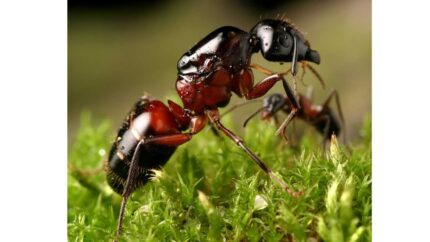
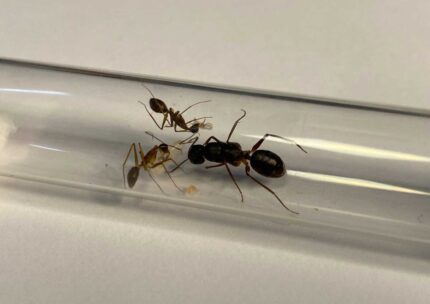
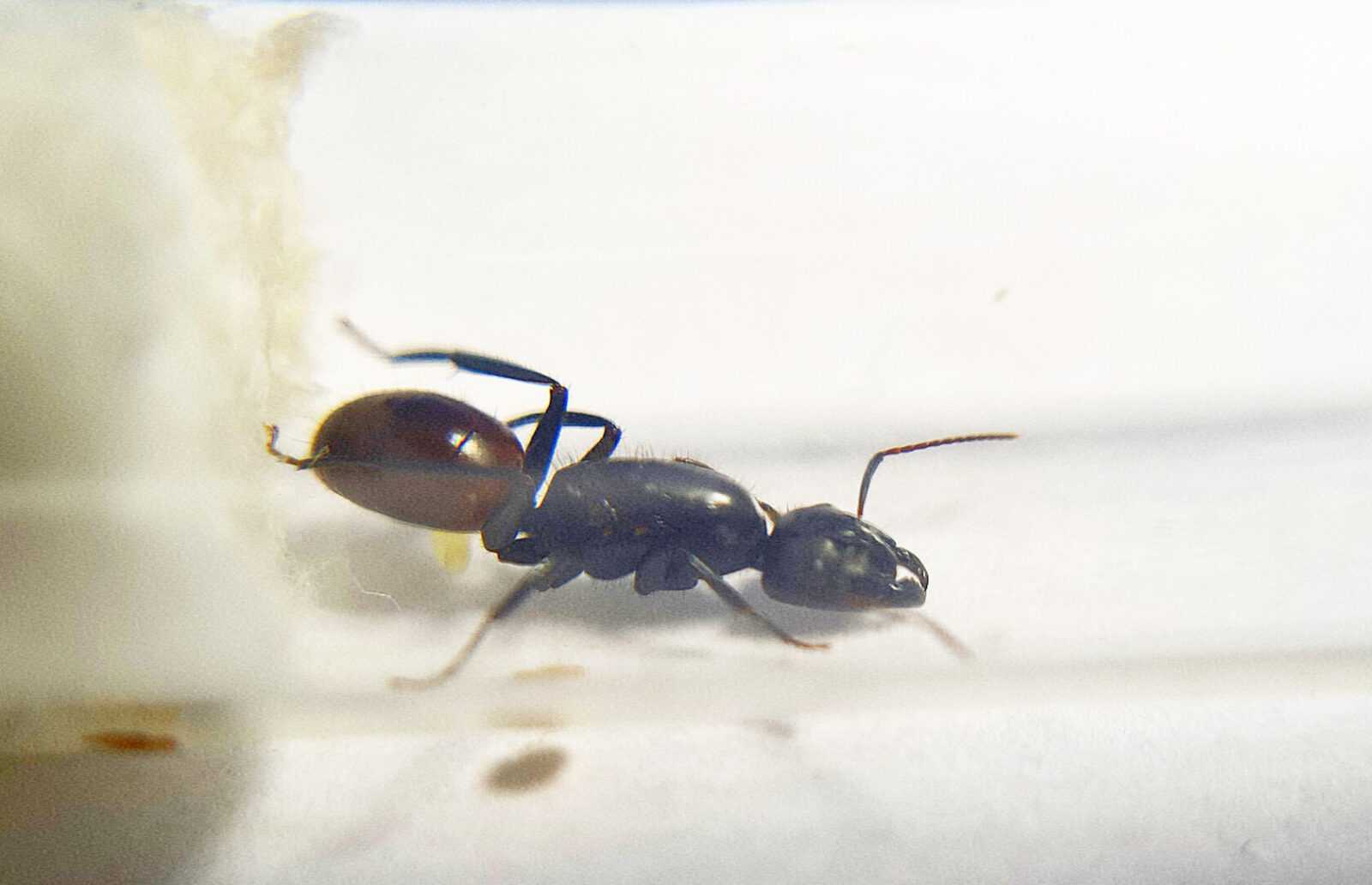
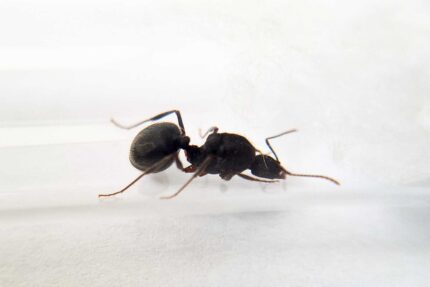
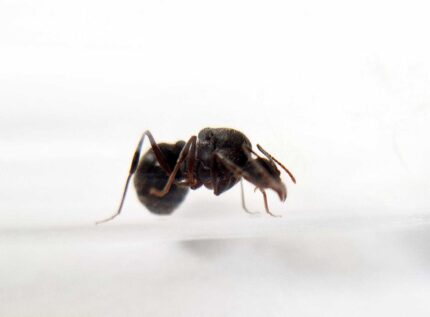
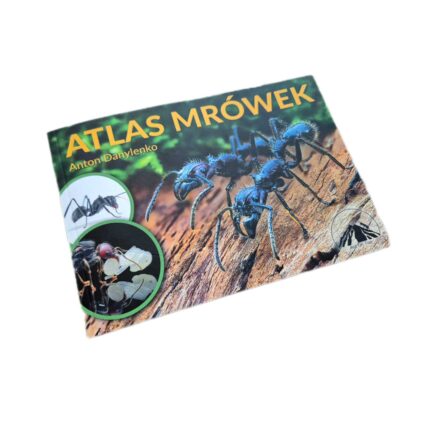
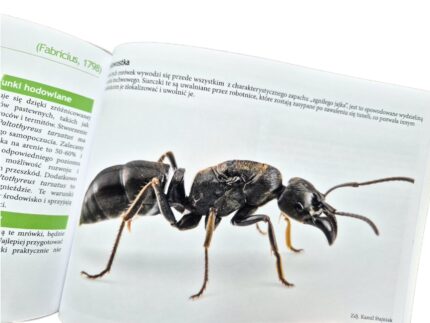
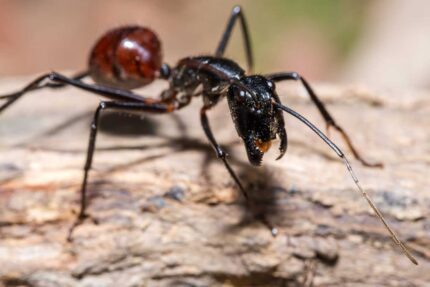
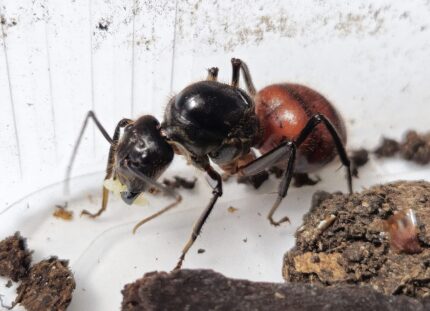
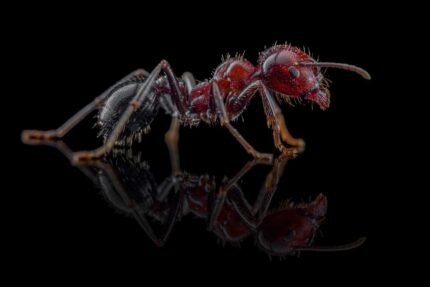

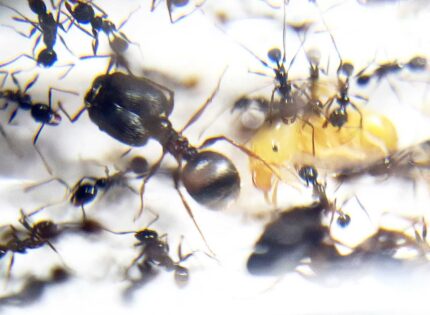
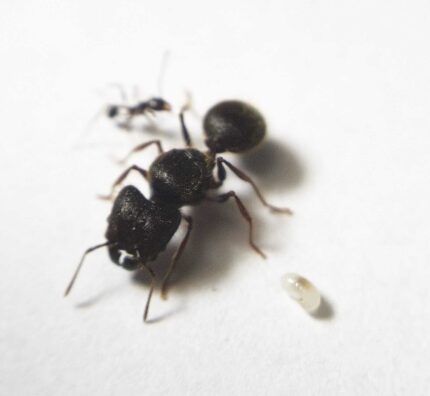
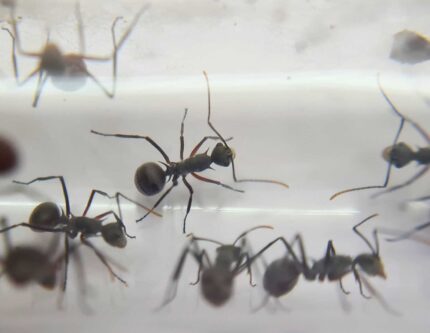
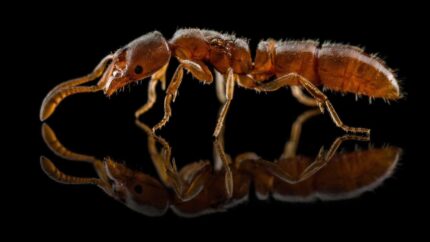
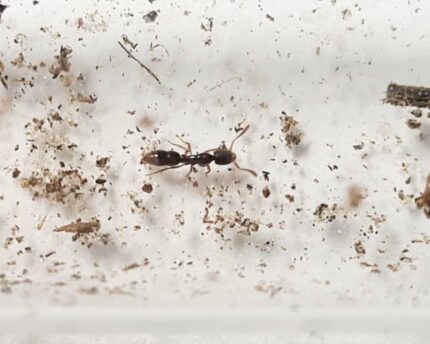
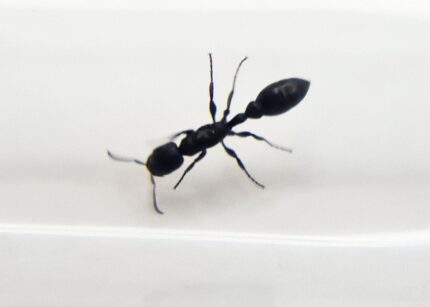
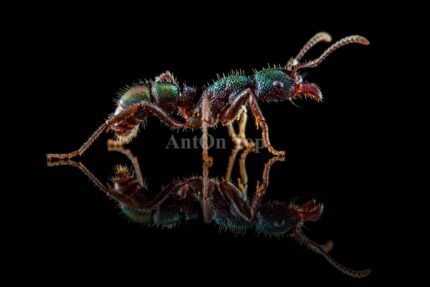
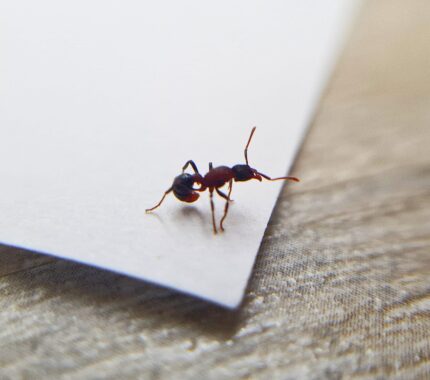
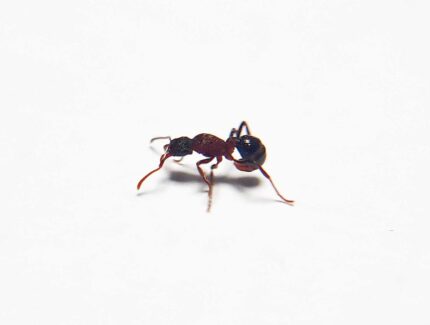
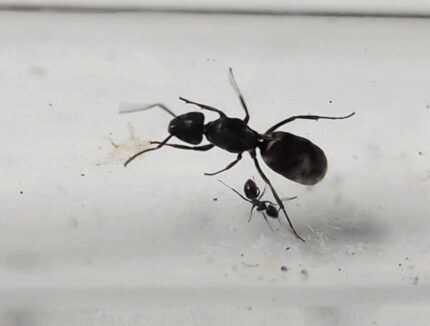
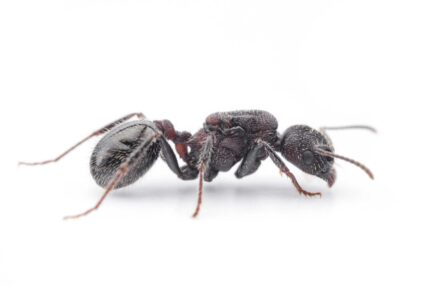
Valoraciones
Clear filtersNo hay valoraciones aún.